Do we know what the difference is between a wine crianza and one that is a reserva or gran reserva? When we start in the world of wine, it is possible that we have a vague idea of the factors that determine whether a wine is classified as crianza, reserva or gran reserva. If we had to focus on just one word, we could say that the main conditioning factor is time. And we would be right, since this classification of wines obeys the ageing time given to them in the winery. However, this classification is not universal and hides some nuances that are interesting to note.
Therefore, we are going to see what makes a wine to be considered Crianza, Reserva or Gran Reserva and what characteristics we can expect from this consideration.
Crianza, Reserva and Gran Reserva
The wine classification based on the time the wine spends maturing or aging in the winery is typically Spanish, and will only be found in wines of this origin. Despite the fact most Spanish consumers will use this as a determinant factor of choice when choosing a bottle of wine, it has also sparked some controversy.
There’s always been a disagreement regarding the unification of criteria concerning aging. This is normal because a classification with aging time as the only criteria, without any other type of consideration -the type of wine, vintage, precedence, etc.- would be ineffective. In 2003, there was an attempt to regulate this classification and unify criteria -Law 24/2003 of Vines and Wine, July 10th-; despite its annulment in 2015, most wines fit into the below classification -even if only at guide value-:
Maturation
If we talk about RED WINEwines, those wines with a minimum total ageing period of 24 months, of which at least 6 must be in barrels, fall into the crianza category. In the case of white and rosé wines, the minimum total ageing time drops to 18 months, at least 6 of which must be in barrels. In order to make the whole classification, it was stipulated that the maximum capacity of the barrels should be 330 litres.
Reserva
As for the reserve category, in the case of red wines, the total ageing period must be at least 36 months, with a minimum of 12 months in cask. For whites and rosés the figure would be 24 total months of ageing, of which a minimum of 6 months must be spent in barrels.
Gran Reserva
For red wines, the Gran Reserva category is destined for those that have been aged for a minimum of 60 months. These wines must be aged for a minimum of 18 months in barrel. White and rosé Gran Reserva wines must not be under 48 months, with the first 6 months in wooden casks.
We should add a fourth category for “young” wines, those that can be enjoyed without any aging or maturation in the winery, or that have spent less than 6 months in oak barrels.
The problem with a classification as open as the above is that it can’t equally fit the production of any and all types of wine. In the case of such a universal product -yet also inevitably linked to its place of origin- simply focusing on aging time is inadequate, and one of the reasons the law failed.
Crianza, Reserva and Gran Reserva according to the Denominación de Origen Calificada Rioja
There are some designations of origin, such as the Ribera del Duero Designation of Origin or the Rioja Qualified Designation of Origin, under which wines of excellent quality are produced that are particularly suitable for ageing during longer maturation times. In this way, the permanence of the wine in barrels transfers a multitude of aromatic nuances from the wood, gives definition to its texture and conditions its flavour. This is why, in the case of Rioja Qualified Designation of Origin wines, the classification of crianza, reserva and gran reserva contemplates longer periods of time spent in barrels, and even defines the use of a specific type of container: the Bordeaux barrel, traditional in the production of wines from the Bordeaux region, with a capacity of 225 litres, which facilitates greater contact between the wine and the wood.
Crianza DOCa Rioja
The traditional regulations in Rioja establish a minimum aging period of 24 months for red wines; with the first 12 months spent in oak barriques. For white and rosé wines, the minimum barrel time is 6 months. Any wine with less time in contact with oak is considered “young wine”.
Reserva DOCa Rioja
For wines reserve redsfor the production of which the product of the best vintages is used, the Rioja Qualified Designation of Origin provides for a minimum ageing period of 36 months. Of these, at least one year must be spent in barrels. In the case of whites and rosés, the total maturation time must be equal to or more than 2 years, with a minimum of 6 months in cask.
Gran Reserva DOCa Rioja
Lastly, only the best vintages are destined to become Gran Reservas, wines that are subject to the longest aging periods in the classification. For reds, the minimum is established at 5 years (24 months in barriques and 36 months in the bottle). For white and rosé, the total must not be under 4 years, with at least 6 months in oak barriques.
Below we can see the characteristics of each type of wine in this table:
Now that we can tell apart a Crianza from a Reserva or Gran Reserva, we can better understand the characteristics of the wine under that name. We will also be able to discern between the aging periods of each category depending on the color of the wine (red, white, or rosé); and differentiate the time requirements for each category according to the precedence -or Denominación de Origen- of each wine. Whichever the case, we must not forget that this classification informs us about the winemaking methods, but does not define a wine’s quality. Hence, we can find exceptional wines, independently of their being assigned to the Young, Crianza, Reserva, or Gran Reserva categories.






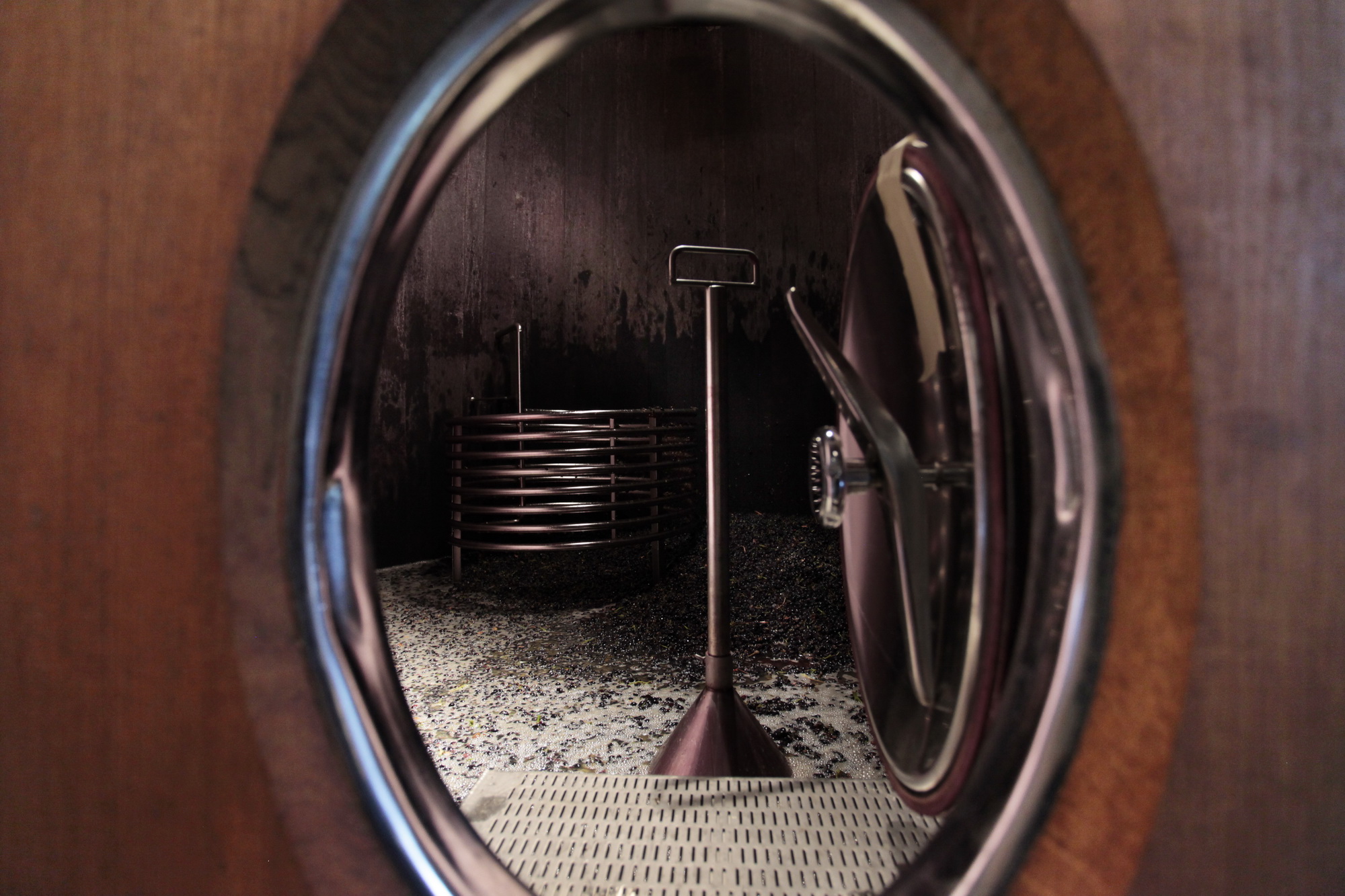
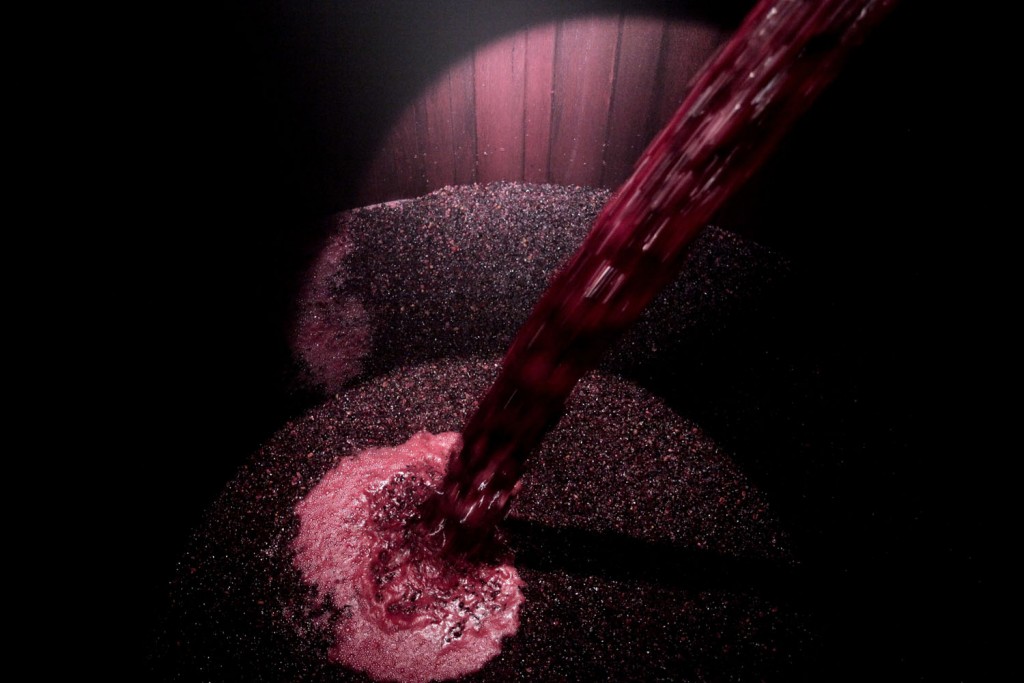
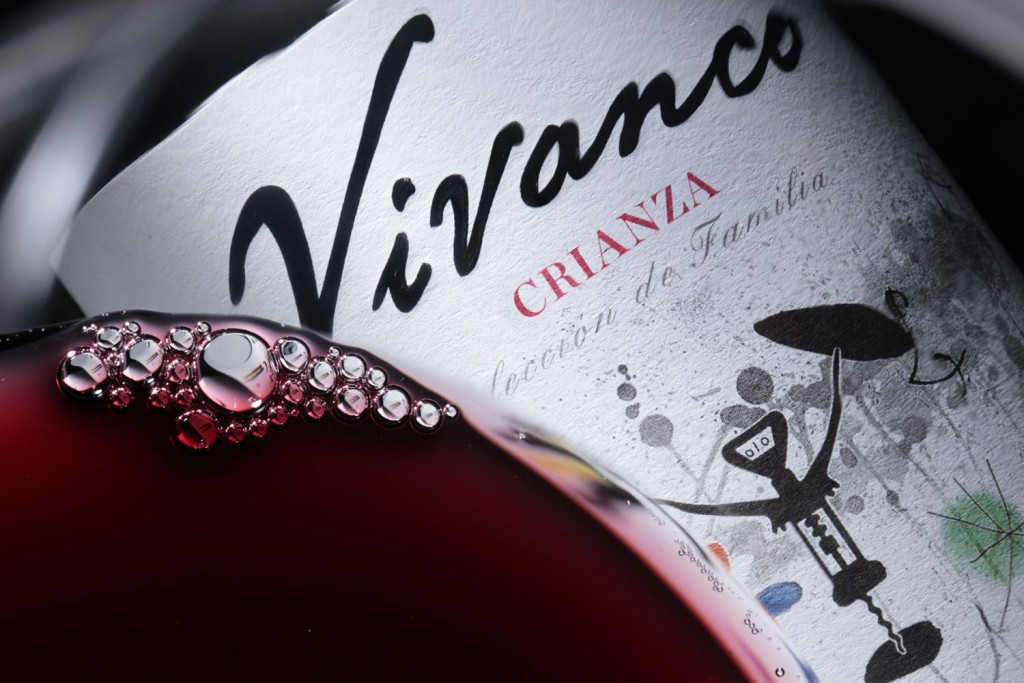
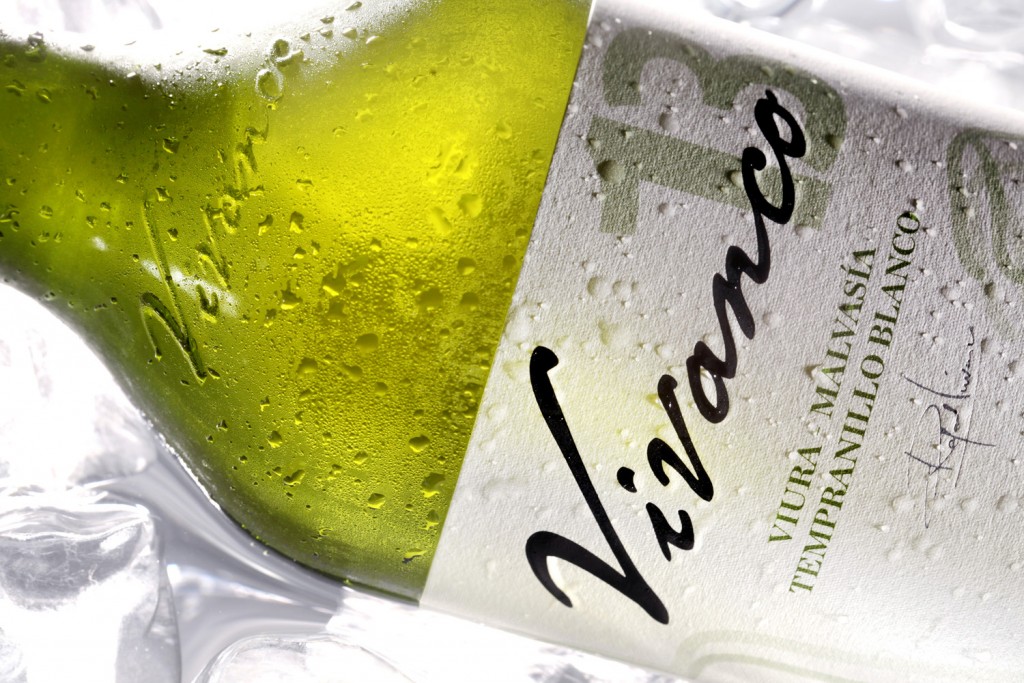
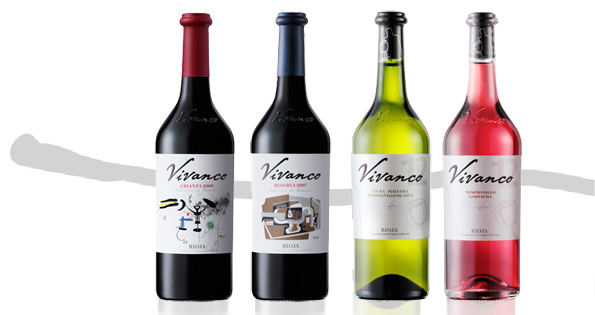
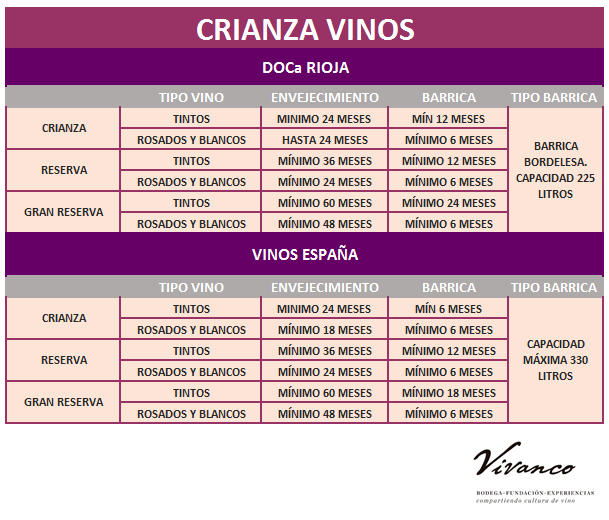
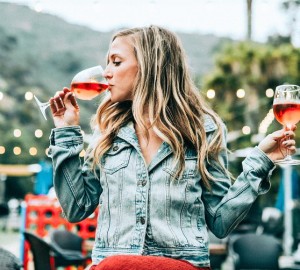
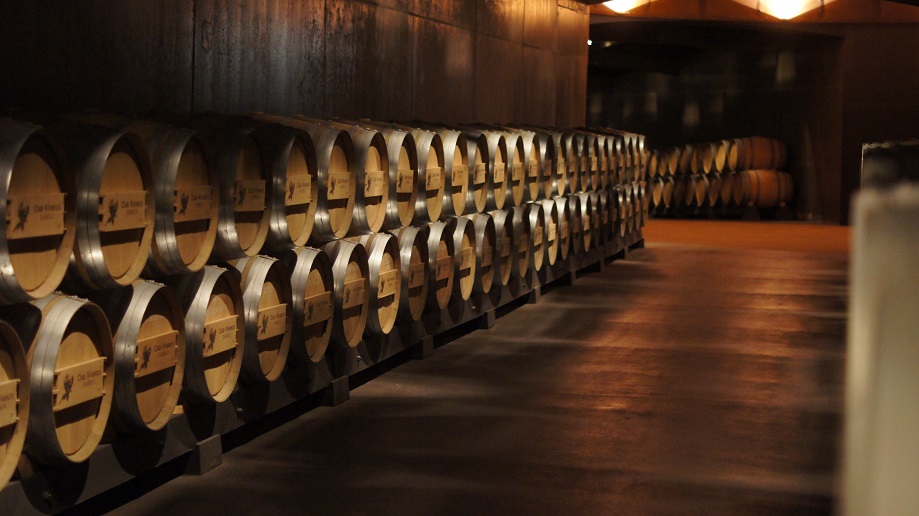
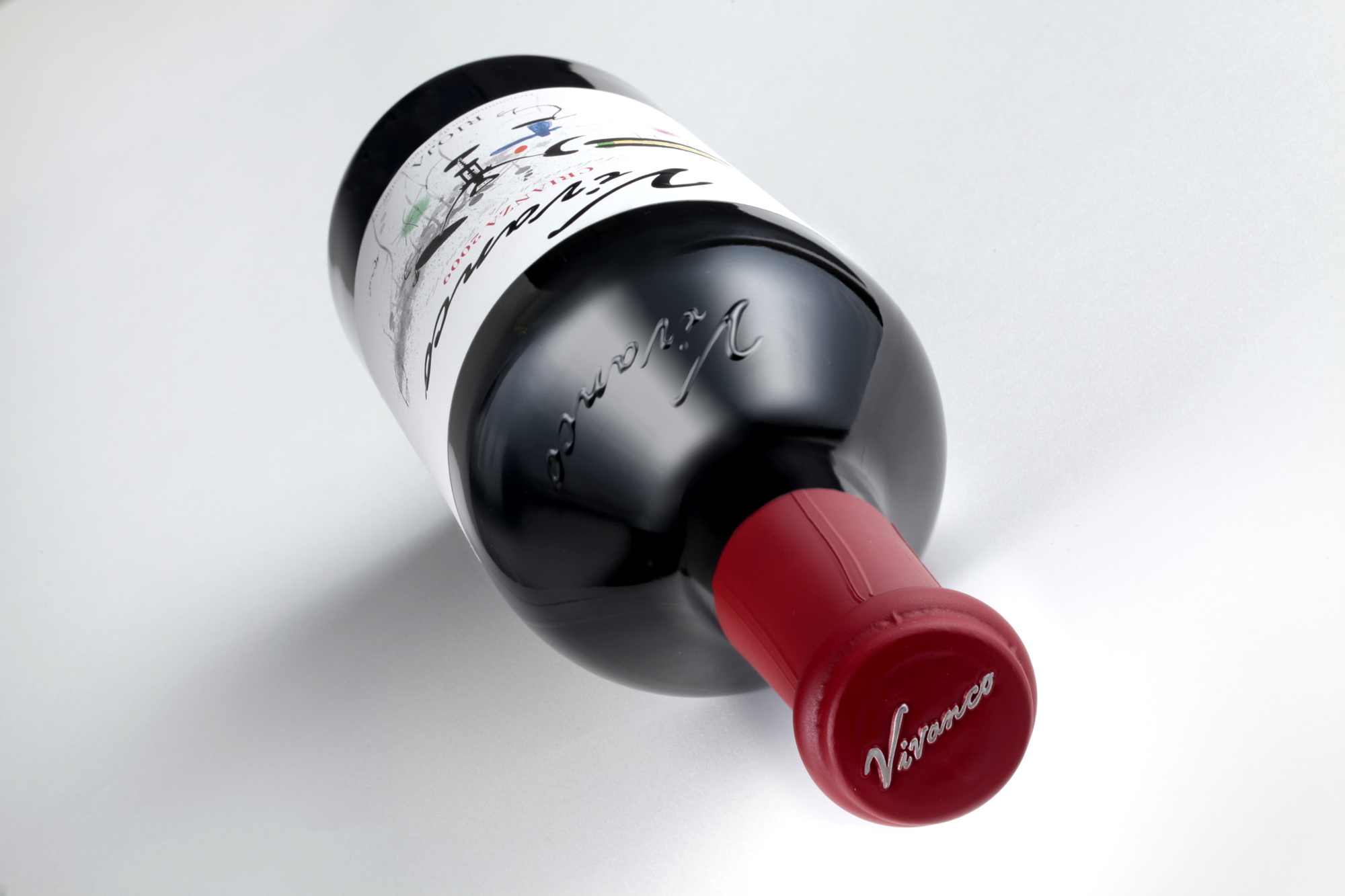







Any wine that has been matured for 6 months to a year can be called Tempranillo.
Excellent comments and descriptions, now in Mexico with the presentation of the Wines Vivanco, I will have the opportunity to taste them.
Congratulations.